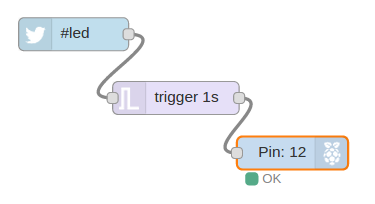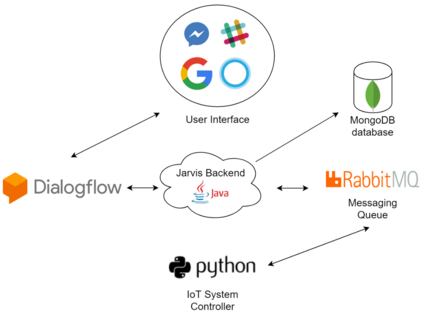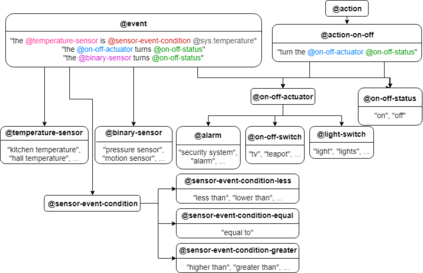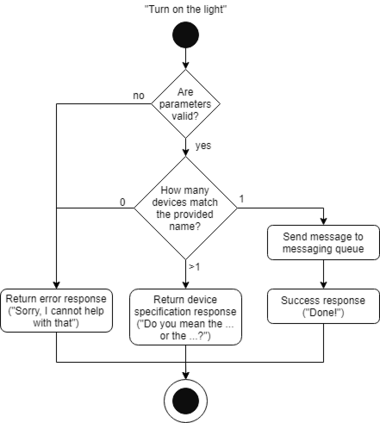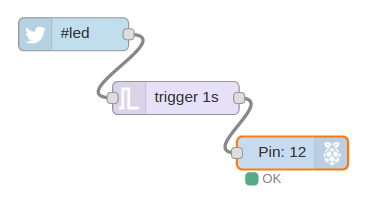Smart space management can be done in many ways. On one hand, there are conversational assistants such as the Google Assistant or Amazon Alexa that enable users to comfortably interact with smart spaces with only their voice, but these have limited functionality and are usually limited to simple commands. On the other hand, there are visual interfaces such as IBM's Node-RED that enable complex features and dependencies between different devices. However, these are limited since they require users to have a technical knowledge of how the smart devices work and the system's interface is more complicated and harder to use since they require a computer. This project proposes a new conversational assistant - Jarvis - that combines the ease of use of current assistants with the operational complexity of the visual platforms. The goal of Jarvis is to make it easier to manage smart spaces by providing intuitive commands and useful features. Jarvis integrates with already existing user interfaces such as the Google Assistant, Slack or Facebook Messenger, making it very easy to integrate with existing systems. Jarvis also provides an innovative feature - causality queries - that enable users to ask it why something happened. For example, a user can ask "why did the light turn on?" to understand how the system works.
翻译:智能空间管理可以通过多种方式进行。 一方面, 有诸如谷歌助理或亚马逊亚历克萨等对话助理, 使用户能够舒适地与智能空间互动, 只有自己的声音, 但功能有限, 通常仅限于简单的命令。 另一方面, 有IBM的节点- RED 等视觉界面, 使得不同设备之间具有复杂的特征和依赖性。 但是, 这些是有限的, 因为他们要求用户拥有智能设备是如何工作的技术知识, 以及系统接口由于需要计算机而更加复杂和难以使用。 这个项目建议了一个新的对话助理 - Jarvis - 将当前助理的方便使用与视觉平台的操作复杂性结合起来。 Jarvis 的目标是通过提供直观命令和有用功能来方便管理智能空间。 Jarvis 与Google助理、 Slack 或 Facebook 送信员等现有用户界面整合, 使得与现有系统整合变得非常容易。 Jarvis 也提供了一个创新的特性 - 因果关系查询 - 使用户能够问为什么发生了什么事情。 例如, 用户可以问“ 为什么要光 ” 。

